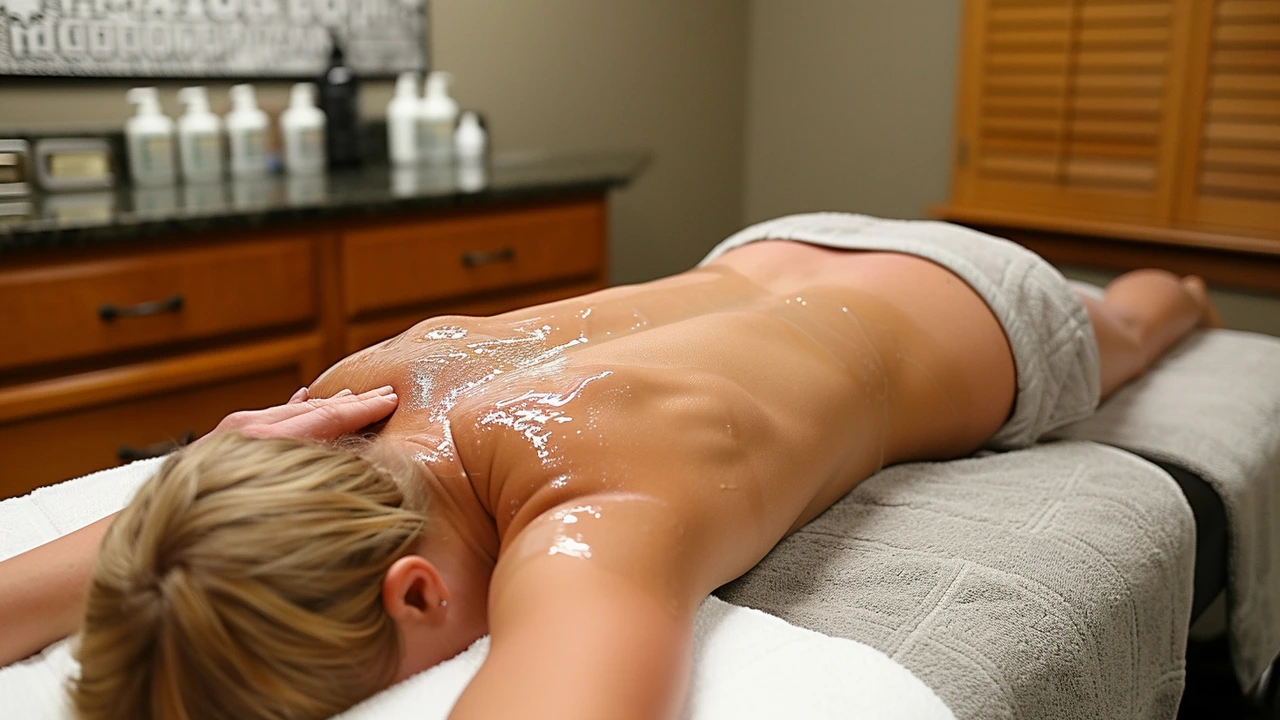Enhanced Athletic Performance: Practical Ways to Train, Recover, and Thrive
Every athlete wants an edge. Small, consistent changes often beat big, rare efforts. Here are practical, evidence-based ways to boost speed, strength, and recovery without gimmicks.
Fuel right. Eat a balanced breakfast with carbs, protein, and healthy fats before intense sessions. A smoothie with banana, spinach, protein powder, and oats works fast. After training, choose a recovery drink or health juice with carbs and protein within 30–60 minutes to refill glycogen and support muscle repair.
Prioritize gut health. Your gut affects energy, recovery, and immune defense. Add fiber from fruits and vegetables, fermented foods like yogurt or kefir, and stay hydrated. If you constantly feel bloated or low on energy, try tracking foods for two weeks to spot triggers and ask a clinician about testing.
Use sports massage strategically. Regular sports massage helps loosen tight muscles, improve range of motion, and reduce injury risk. Schedule a deeper session after intense training blocks and a lighter maintenance massage mid-week. Pair massage with active recovery like easy cycling or walking for best results.
Train smarter, not just harder
Plan training with clear goals: speed, strength, endurance, or skill. Break blocks into focused weeks—build, peak, and recover. Include high-quality rest days and sleep 7–9 hours; sleep boosts memory, hormone balance, and muscle repair. Add short mindfulness or breathing sessions to clear the mind before big efforts—biofeedback tools can speed learning to control breathing and reduce pre-event anxiety.
Improve mobility and injury prevention with targeted work. Daily 10–15 minute routines that focus on hips, ankles, and thoracic spine pay off quickly. Warm up with dynamic moves and finish heavy sessions with light mobility and foam rolling. If pain persists, see a professional early to avoid longer downtime.
Recovery and routine hacks that work
Mix recovery methods—contrast baths, light massage, and active recovery—rather than relying on one fix. Hydrate consistently and include electrolytes after long sessions. Use aromatherapy for sleep or travel to reduce stress and help you rest; lavender or cedar can be calming. Meditation or short guided breathing helps control nerves and improves focus during competition.
Set simple, measurable goals. Track a few metrics like sleep, weight, training load, and how you feel. Small wins build confidence and point to what’s working. Finally, make adjustments based on feedback—your body signals what it needs. Follow these steps and you’ll see steady improvements that last.
Work with a coach or therapist when possible. They spot blind spots and tailor plans. Even one session every month can fix technique, adjust load, or tweak sleep and nutrition. Use simple tools: a training log, a sleep tracker, or a phone timer for breathing work. Small data points add up and help you avoid overtraining. Remember, consistency beats intensity once you’ve built a smart foundation.
Start with one change this week: add a post-workout juice, two mobility sessions, or one short mindfulness practice. Track it for four weeks and notice how training, recovery, and confidence shift. Keep going daily.

Sports Massage: The Key to Enhanced Athletic Performance
Welcome to my latest post where I'll be discussing the crucial role that sports massage plays in enhancing your athletic performance. We'll delve deep, exploring how it aids in faster recovery, helps prevent injuries and optimizes physical training. This knowledge could unlock new levels of performance and speed up your fitness journey. Get ready to elevate your game through the power of sports massage!
Read More